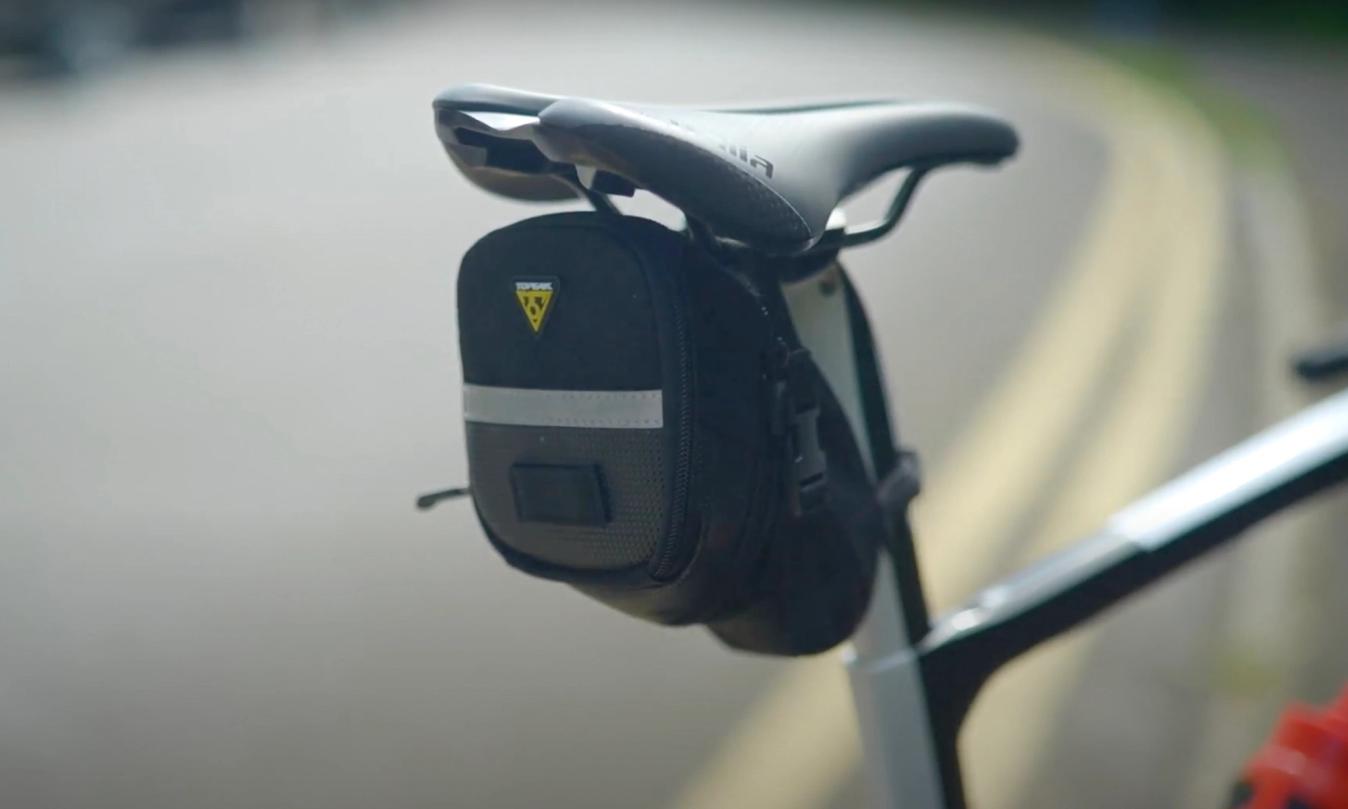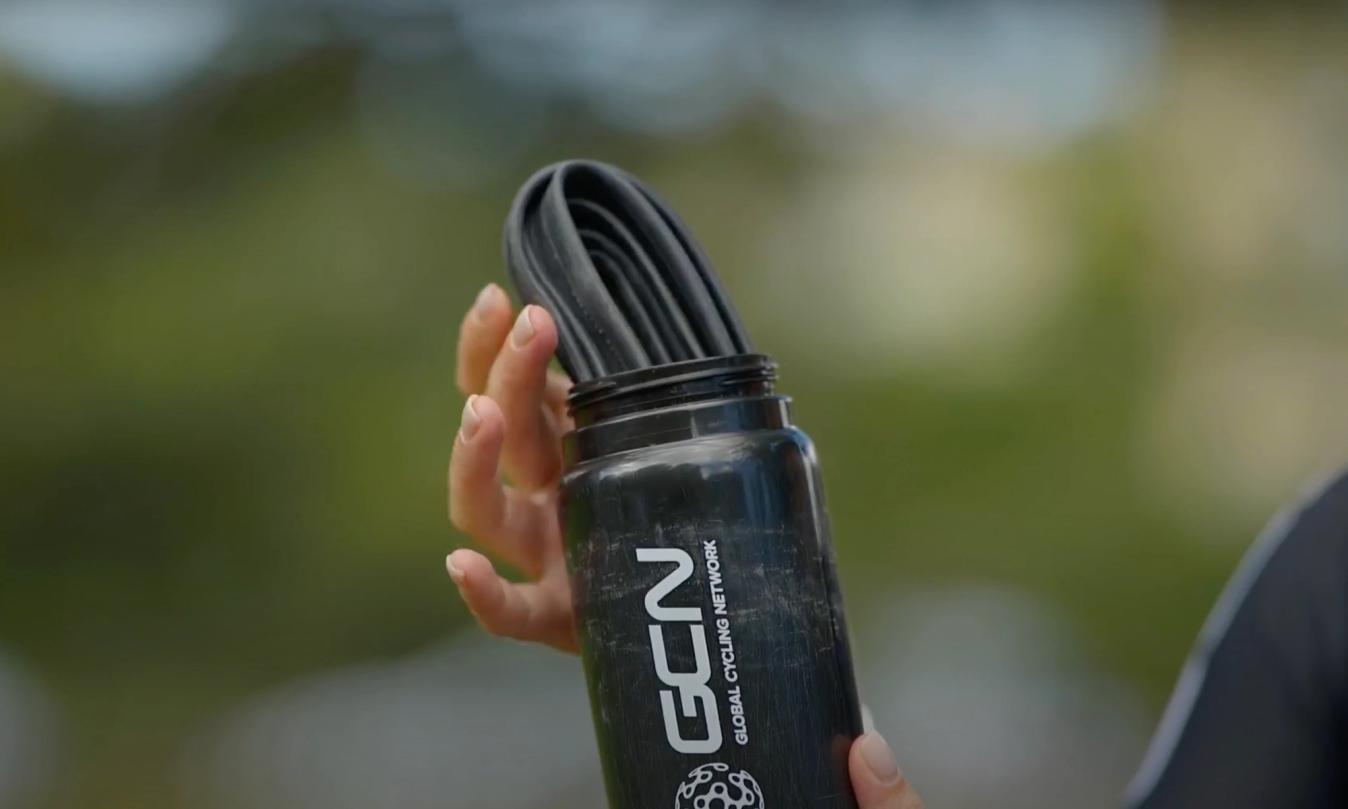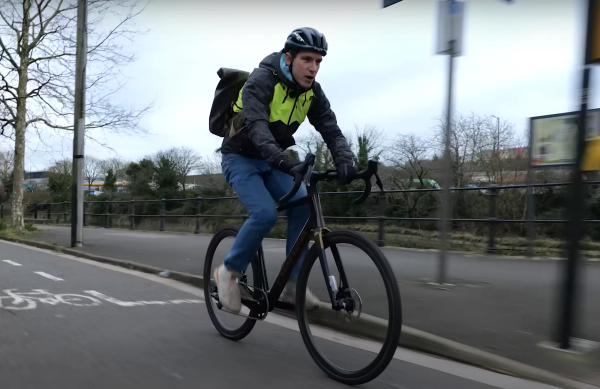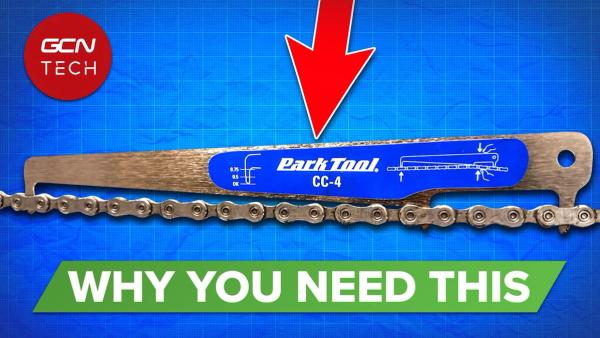How to carry accessories and spare kit on a bike ride
There is some standard kit that every well-prepared rider should carry with them out on a ride, but what is the best way to do this?
Alex Hunt
Junior Tech Writer
Unless you're a WorldTour star, the likelihood of having a support vehicle to follow you around is firmly in the realms of dreams. This means that you'll need to carry your own essential kit to ensure that you can get yourself back up and running should you run into any issues.
Getting this right is something of an art form, perfected over many seasons of riding. Carry too much and it becomes a cumbersome addition that can hinder the enjoyment of a ride. Likewise, if you'd don't carry enough then you are in for a tour of local towns looking for a bike shop.
- Read more: Five essential tools and spares for cyclists
There are also plenty of ways of carrying these spares, from the humble jersey pocket to secret storage on the bike, but which one is actually the best solution? Lucky for you, here at GCN HQ this isn’t our first rodeo and we have some tips that will make carrying spares on your rides nice and simple.
What do I need to carry on a bike ride?
It is best to break this down into two separate categories. Firstly there is the essential kit and, secondly, additional kit. The essentials are items that should be carried with you on every ride. They won't get you out of every sticky situation you might find yourself in but they will cover the more simple and common issues. The additional kit gives you a bit more scope for repair and getting the bike back to a rideable state. On long rides or where you are heading into remote areas, these are a must.
Essential kit
For any ride, as a minimum, you should carry the following accessories and spares:
- Mini pump that can inflate the valves of your tyres, typically Presta
- A minimum of one inner tube (ideally two)
- Tyre levers (plastic, especially on carbon wheels)
- A multitool which has the relevant tools for your bike (important for bikes with Torx bolts)
- Tubeless plug kit (for those using a tubeless system)
Additional kit
While not essential, many of the following can be handy out on a ride, or for specific set-ups:
- Self-adhesive repair patches
- CO2 inflator
- Quicklinks (matching the speed of the chain you have)
- Nitrile gloves
- Spare cleat bolt
- Tyre boot
- Duct tape
What is the best way to carry spares on a road bike?
Finding a way to carry all of this kit is the next step in making sure you have what you need with you out on a ride, when you need it. The most important thing to consider when working out how best to carry your spares is finding a method that will be remembered. There is no point finding a perfect combination to stash in your jersey pockets if you constantly forget it.
Here are the best and most popular storage options:
Saddle bag
These small wedge-shaped bags attach to your saddle rails and seatpost, keeping your spares and repairs kit tucked up neatly out of the way. The main benefit of using a saddle bag is that it is fitted to your bike, so in theory, you should always have them with you out on a ride.
Saddle bags come in all sizes to accommodate different needs and are sold by multiple brands, including Topeak. Some are massive and can be used for bikepacking, whereas others can be minimal in their size, only fitting an inner tube and tyre levers inside.

© GCN
A saddle bag is a tidy, out-of-the-way storage solution
There are two main downsides to using a saddle bag as your main method of carrying your kit. Firstly, if you get caught in the rain without any mudguards fitted, you are going to cover the saddle bag in road grit and grime. Some saddle bags are waterproof but most are not and if this happens it can cause multi tools to rust and tyre boots or patches to go soggy.
Secondly, if you swap the bag between multiple bikes, it's really easy to forget to transfer it to the bike you're using, leaving you without any kit out on a ride - it's often only when a mechanical arises that your error becomes evident. It is all too common to forget to check or swap the saddle bag over to the other bike, and because it is such a neat and out-of-the-way solution, it isn’t obvious that you are without it.
Jersey pockets
If you cycle in lycra cycling kit, it is likely that you will have three pockets stitched into the back of your jersey. These are great for carrying everything from snacks to extra layers and your spare kit. Putting your spares here makes them easily accessible.
This is a great option for any slimmed-down essential kit and it can leave the aesthetic of your bike unhindered, however for more comprehensive kit, jersey pockets are going to struggle to fit everything in.

© GCN
Jersey pockets vary depending on cut and body shape and they work well for some, but not others
Depending on the fit of your jersey will also impact how comfortable having your kit stashed on your back will be. More race-orientated aero jerseys are going to give you minimal space and press anything awkward into your back, whereas lose-fitting jerseys will swing around more, especially when out of the saddle.
If you don’t have a saddle bag or typically ride with only the essentials then jersey pockets can be a good solution, but for longer rides, using these for food is a better use of this easy-to-reach space, which will see you hunting for other storage solutions for your spares.
On-bike mounting
Some of the kit that you should be carrying with you on rides can be fitted directly onto the bike itself; a classic example of this would be a mini pump that comes with a mount that fixes underneath the bottle cage. This keeps the pump in an easily accessible part of the bike. This also extends to a wide range of accessories, with brands looking for genius solutions to mount spares on the bike. You can get multitools that double up as bar plugs and CO2 inflators that fit inside your steerer tube.
.jpeg?w=1348&auto=format)
© GCN
Fitting spares to your bike can be a nice easy way to store them, just be careful if you have more than one bike
These solutions are once again more suited to riders that have use of only one bike, as they are more permanently fixed to the bike making it hard to move from bike to bike. They are also more typically a bit more expensive than traditional stand-alone alternatives, but if you are looking for a minimal kit that doesn’t upset the aesthetic of your bike, they could be the choice for you.
Bike bags
Along with saddle bags, there is a wide and extensive range of on-bike storage that can be used to carry your spare kit. Currently on-trend, bar bags are a popular option. These mount to the handlebars with velcro straps to offer an easily accessible solution and a bit more space than a typical saddle bag.

© GCN
Bike bags are bound to divide opinion but its undeniable that they are functional
The rise of bar bags has split opinion regarding the style of them, with some loving them and others thinking they are the worst things you could put on your bike. Whichever camp you fall into, it is undeniable that they are a practical solution to storing your spare kit.
The old bidon
This is a classic and works well on shorter rides when you only need to take one water bottle with you. Use an old water bottle that is past its best as a place to store your spare kit without it taking up any extra space on the bike. It also has the advantage of being waterproof and mounted low on the bike in a sheltered position.

© GCN
Using an old water bottle is a good way of saving it from heading to landfill
Some brands have gone a step further and make a storage tub specifically for your spares to put in your bottle cage. Either works fine but some bottles can be trickier than others to get your kit in and out of.
Frame storage
Something that is becoming more and more of a trend, especially on gravel and all-road bikes, is storage inside the frame, like on the latest Canyon Grail. This is something that has been around on mountain bikes for a while now, but is making its transition to road bikes.

© GCN
Hiding you spares inside the frame of your bike is a trend carrying over from mountain biking
Once again the issue with this system is that if you ride multiple bikes and not all of them have this, then you are going to need to make sure you carry spares when you are on the bikes that do not have this feature.
Conclusion
Ultimately, the best way to carry your spare kit is going to depend on the size of your kit and how much you typically take with you. What works for most riders is finding a hybrid of these methods and spreading your kit between a few.
If you ride multiple bikes it is going to be best to find a compact and comprehensive solution that is easily transferable between bikes, to make sure nothing inadvertently gets left at home.
Is there anything missing from this list? Or do you have an ingenious solution for carrying your kit with you? Be sure to let us know in the comments below.
For more tech advice and features, head over to the tech section on the GCN website, linked here.












